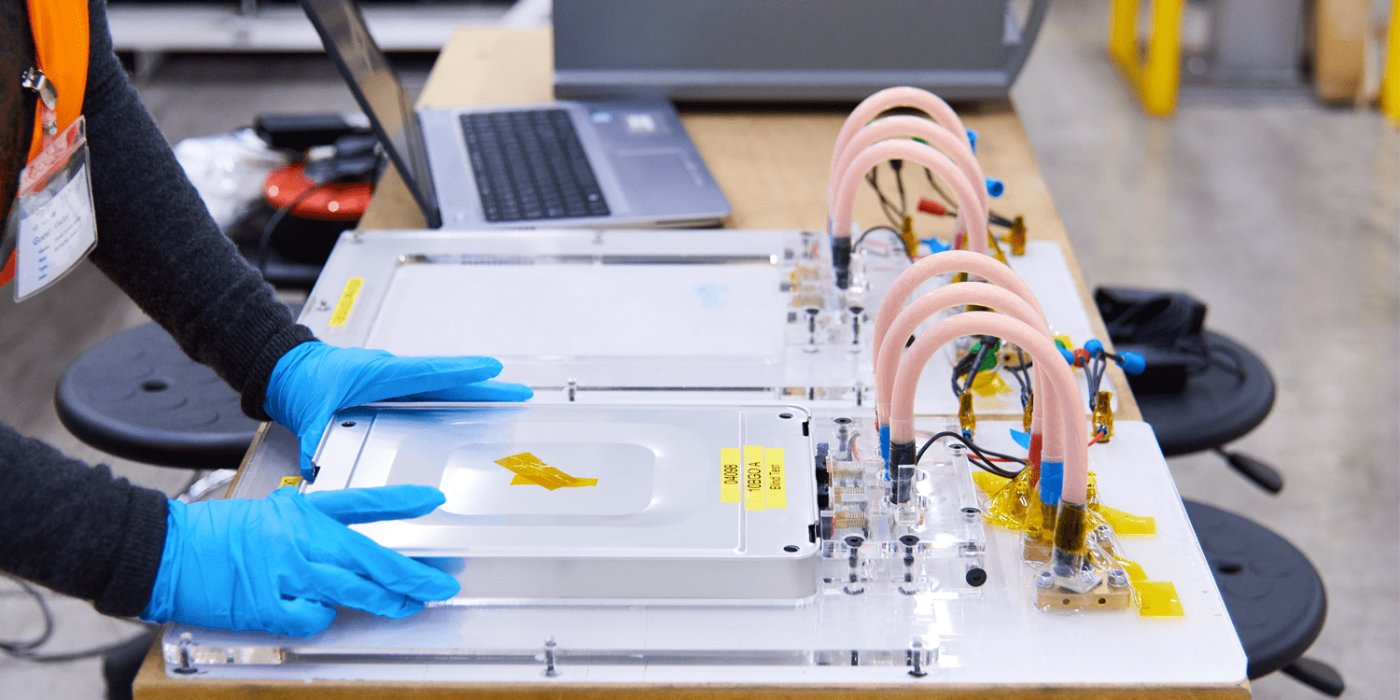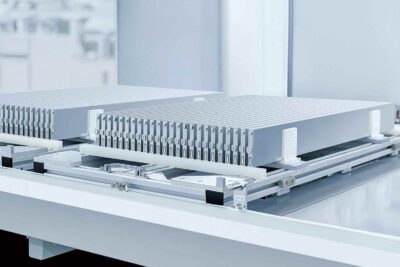Breakthrough in sorting used batteries for second life
The University of Warwick has developed a procedure for Nissan that allows a quick assessment of the suitability of used electric car batteries for use in stationary energy storage. The classification works at the battery pack and battery module level.
Under the title ‘UK Energy Storage Laboratory’ the project brought together experts from Nissan, Ametek and Element Energy, and the Warwick Manufacturing Group, an academic department of Warwick University specialising in research and knowledge transfer in engineering, manufacturing and technology. Using 50 used Nissan Leaf batteries, the specialists first developed the new process for classifying entire battery packs. The process created at the university was successfully transferred to a pilot plant, according to an accompanying press release.
According to the university, Warwick Manufacturing Group has also succeeded in developing a method for assessing battery modules. Thanks to the new approach, this now takes only three minutes instead of three hours, although the process at module level still needs to be tested extensively on the pilot plant.
Overall, the researchers have succeeded in radically accelerating the previously long and expensive sorting process. A distinction is made between used batteries suitable for “spare parts storage”, second-life use or material recycling. “Automotive batteries deliver some great environmental benefits, but they consume a lot of resources in doing so,” says Professor David Greenwood of WMG. “Opening up a second life for batteries improves both the environmental and the economic value we draw from those resources before they need recycling”, he explained.
Francisco Carranza, CEO of Nissan Energy, adds that the number of batteries reaching the end of their useful life in electric cars will increase from “thousands to tens of thousands per year by 2025.” These batteries typically retain considerable capacity and performance. The aim is to extend their life and postpone recycling.
It is no secret that Nissan is one of the pioneers when it comes to the secondary use of disused power storage units. For example, the Japanese company has been cooperating with the British energy provider EDF Energy for a good year now to research the reuse of used electric car batteries. In Paris, Renault electric car batteries have been given a second life on the Seine. In Brazil, Nissan signed an agreement with the University of Santa Catarina in August 2018 to explore the potential use of Leaf batteries as part of innovative energy storage solutions. And in the Netherlands, the Amsterdam Arena is powered by Leaf batteries with a 2.8 MWh battery storage system. The list could go on.





0 Comments